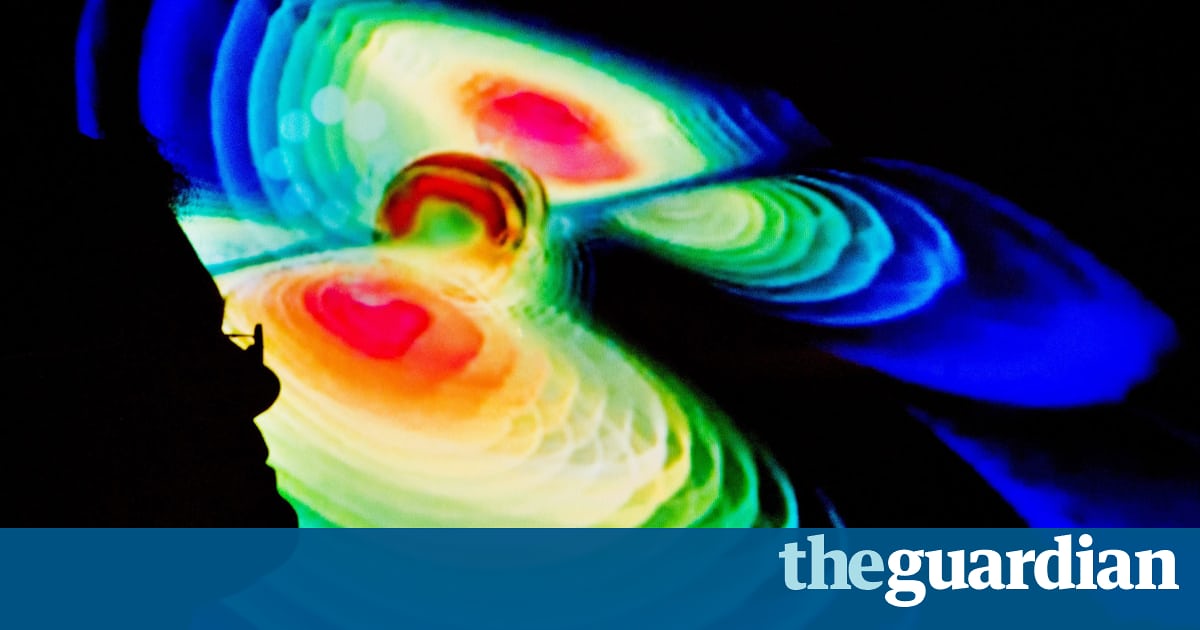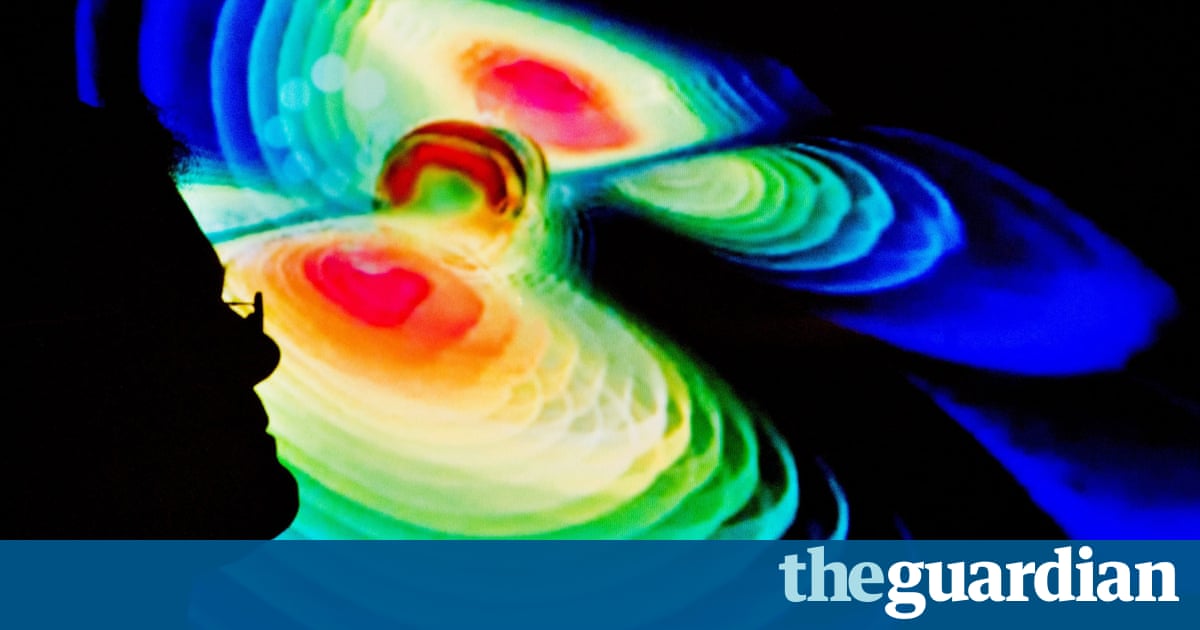Tying loose ends? Gravitational waves could solve string theory, study claims

New paper suggests that the hotly contested physics thesis, which involves the existence of six extra dimensions, may be settled by cutting-edge laser detectors.

String theory makes the grand promise of weaving together all of physics into a single sublime framework. The only downside is that scientists have yet to find any experimental proof that it is right and critics question whether its predictions are even testable.
Now, a new paper has claimed that gravitational wave measurements could hold the key to whether string theory is destined to fulfil its lofty goals or be consigned to the dustbin of discarded ideas. The study suggests that the first observable evidence for the existence of extra dimensions, one of string theorys predictions, could be hidden within the ripples of gravitational waves.
“It would be amazing because general relativity and Einstein do not predict this at all,” said David Andriot, a physicist at the Max Planck Institute for Gravitational Physics in Potsdam and lead author of the study.
[AdSense-A]
The crux of string theory although there are many competing versions is that all particles can be viewed as one-dimensional strings on which the fundamental forces of nature (gravity, electromagnetism and so on) act as different modes of vibration. For reasons better explained in maths than words, the framework also requires there to be at least six extra spatial dimensions, in addition to time and the three spatial ones of everyday life.
Scientists, notably those working at the Large Hadron Collider, have looked for energy vanishing into these hypothetical extra dimensions, but so far efforts have been inconclusive. One possibility is that the dimensions are coiled up so tightly that they are imperceptible; another is that they are not there at all.
Andriot is hopeful that the Laser Interferometer Gravitational-Wave Observatory (Ligo) experiment could start to answer this question.
In 2015, Ligo made the historic first observation of gravitational waves, the compression and stretching of space that Einstein predicted would occur as a mass moves through the fabric of the universe. In this case, Ligos detectors were picking up the ripples sent out across space-time following the violent collision of a pair of black holes more than a billion years ago.

String theory predicts that, during such cataclysmic events, ripples should also be travelling through the extra spatial dimensions and that there should be subtle interactions between the standard waves and those hidden from view.
Our study concludes that if there are extra dimensions it would lead to another mode of shrinking and stretching, said Andriot.
The latest paper, published in the Journal of Cosmology and Astroparticle Physics, concludes this would produce a breathing effect, superimposed on the main gravitational wave. The pattern might be measurable once a third detector, called Virgo, joins the twin Ligo detectors in gathering data late next year or early in 2019, although the team have not yet worked out whether the effect would be big enough to spot.
“If we have extra dimensions we can get this effect, but there are other things that could cause it. It’s not a smoking gun for extra dimensions,” said Andriot.
Christopher Berry, a scientist working on Ligo at the University of Birmingham, said it is a priority to look for the kinds of subtle modifications to gravitational waves described in the paper. “It’s one of the classic tests that we would like to do,” he said.
Such observations would be hugely significant because they are not predicted by Einstein’s general theory of relativity, meaning that our understanding of how gravity behaves would need to be revised. One option is string theory, but there are other competing theories. The absence of the breathing effect would help rule out some of these theories, or narrow the window in which they could occur.
“We expect that any deviations from general relativity would happen in the most extreme conditions; that’s where you’d expect the theory would break,” said Berry. “The best place for testing that is the collision of black holes.”
The paper also predicts that gravitational waves should ripple through each extra dimension at a characteristic frequency analogous to the way organ pipes of different lengths produce notes of different pitch. Working on the assumption that the extra dimensions are very small, a series of higher-frequency gravitational waves would be predicted. These would be at a frequency more than a billion times higher than the limit of what Ligo could detect, but which might be observable one day by a future detector.
“If this was seen, we could talk of a smoking gun,” said Andriot.
Others remain unconvinced that such observations would provide the sought-after experimental proof. Peter Woit, a theoretical physicist at Columbia University, New York, and longstanding critic of string theory, said: “The problem is that string theory says nothing at all about the sizes of these extra dimensions, they could be anything from infinitely large to infinitely small, so theres no real prediction. If we ever do see extra dimensions, there’s no particular reason to believe these have anything to do with string theory.”
Read more: https://www.theguardian.com/science/2017/jul/05/gravitational-waves-string-theory